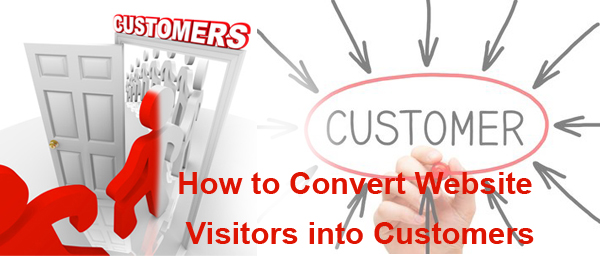Increasing traffic through SEO, Pay-Per-Click, and various promotional activities is just the first step. To truly benefit from increased traffic, you need to convert these visitors into customers. This involves a multi-step marketing strategy that addresses visitor needs at every point of their journey.
Understanding Your Visitors
Identify Needs: Begin by understanding what your potential customers are looking for. This insight can be gained from customer feedback, social media interactions, and analytics. Knowing their needs and problems helps tailor your content and services accordingly.
Four Critical Steps in the Marketing Funnel
- Attract:
- Content Creation: Use blogging to attract new visitors. Create relevant and informative content that addresses common customer questions and concerns.
- Social Media Engagement: Utilize social media platforms to engage with a broader audience. Share valuable content that resonates with your target demographic.
- SEO: Optimize your content with relevant keywords that potential customers use to find services or products like yours.
- Convert:
- Calls-to-Action: Implement compelling calls-to-action (CTAs) that guide users towards engagement, such as downloading a whitepaper, signing up for a webinar, or viewing a product demo.
- Landing Pages: Ensure that each CTA leads to a targeted landing page that delivers on the promise of the CTA and includes a form to gather visitor information.
- Forms: Design forms to capture essential contact details. Keep them simple and straightforward to maximize submission rates.
- Close:
- Email Marketing: Develop targeted email campaigns that continue the dialogue with prospects who have shown interest but have not yet purchased.
- Marketing Automation: Use automation tools to send timely and relevant emails based on the user’s behavior, increasing the likelihood of conversion.
- CRM Integration: Utilize a CRM to track interactions and tailor your marketing efforts based on individual customer data.
- Delight:
- Post-Purchase Support: Continue engaging customers after a purchase with excellent customer service, helpful resources, and regular updates about new offers and products.
- Community Building: Use social media to create a community around your brand. Engaged customers are more likely to become repeat customers and brand advocates.
Practical Tools and Strategies
- User-Friendly Design: Ensure your website is easy to navigate, provides valuable information, and guides users towards making a purchase.
- Feedback Mechanisms: Regularly collect and analyze customer feedback to continually refine your approach.
- Performance Analytics: Use tools like Google Analytics to track the effectiveness of your strategies and make data-driven decisions.
Conclusion
The journey from attracting visitors to converting them into loyal customers involves multiple steps. Each stage of the marketing funnel must be optimized to ensure a seamless transition that enhances user experience and maximizes conversion rates. By implementing these strategies, you can transform your website into a powerful tool that not only attracts visitors but converts them into lasting customers.





